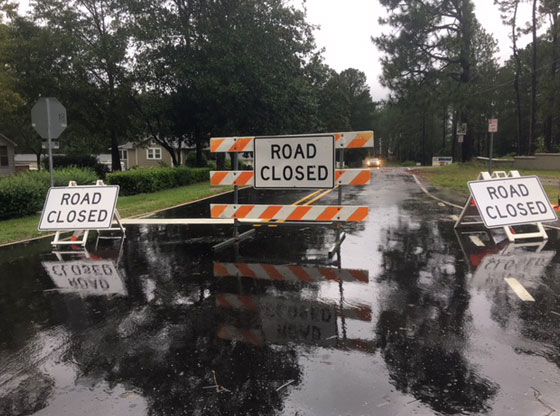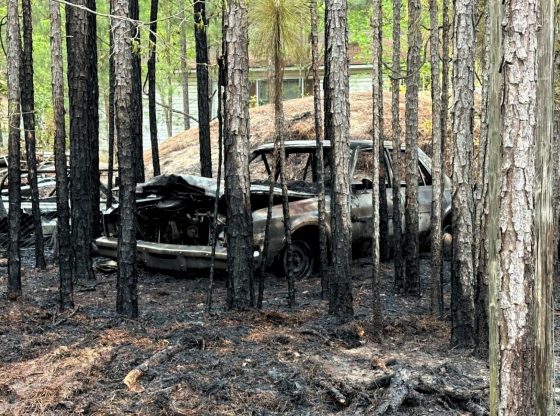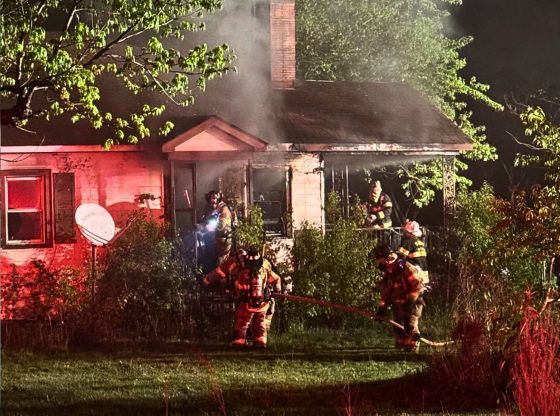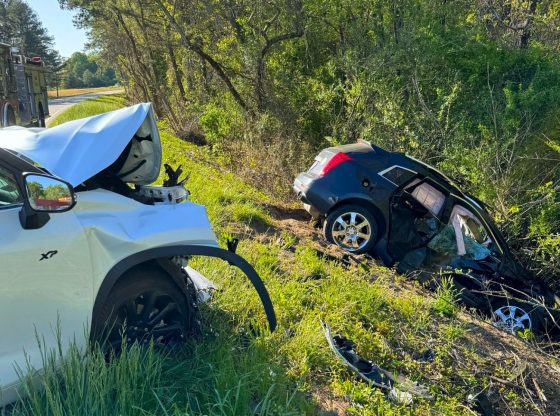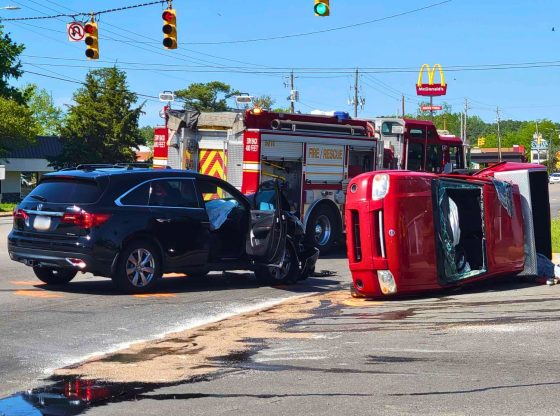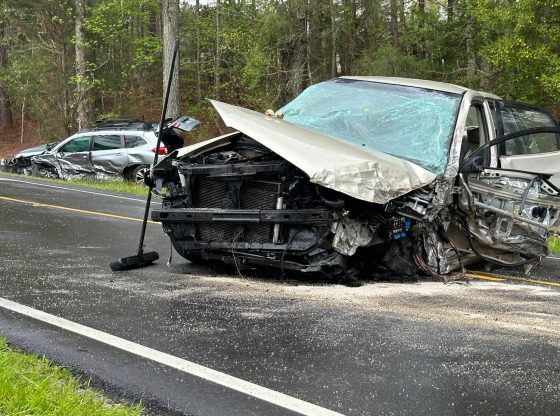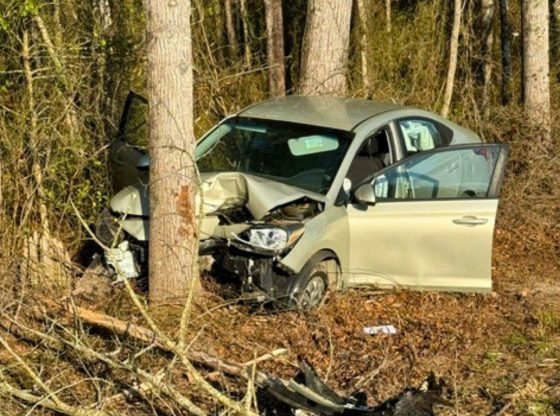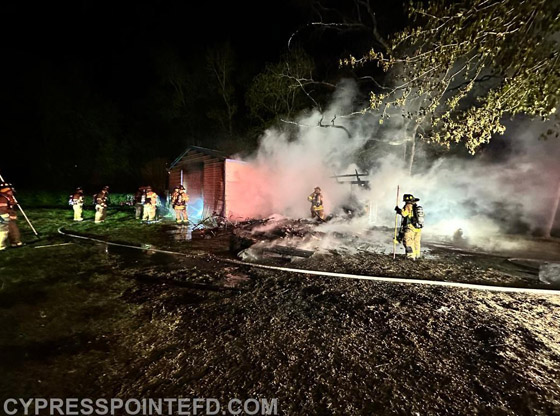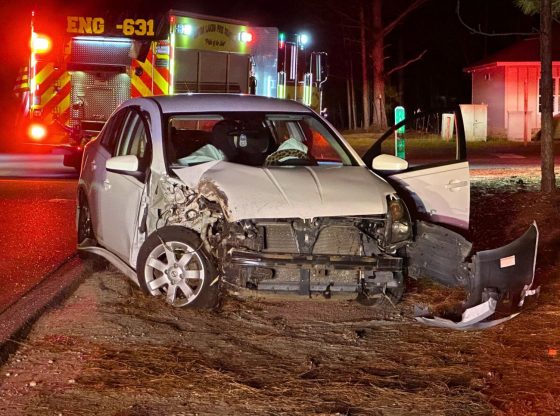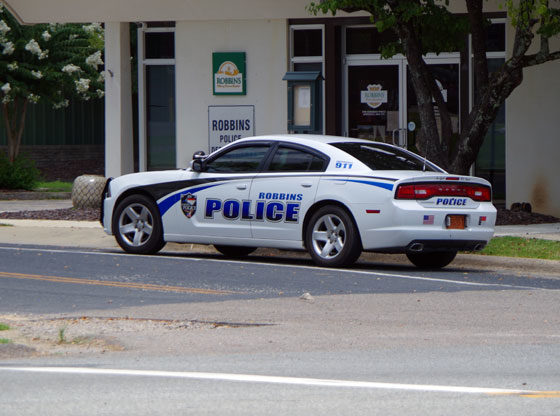With heavy rainfall and windy conditions expected across much of North Carolina from remnants of Hurricane Michael over the next few days, the N.C. Department of Transportation is reminding motorists that there is a strong potential for flash flooding and downed trees and power lines that could create hazardous driving conditions.
The best way to remain safe during heavy rainfall is to not drive at all until the storm passes out of the state, which is expected to be by Friday morning, although residual flooding because of the amount of rainfall could continue through the weekend.
If you do have to travel, drive defensively, slow down and leave extra space between your vehicle and those in front of you. Never drive through standing or rushing water. Six inches of water will reach the bottom of most cars, causing possible loss of control and stalling. It takes just a foot of water to carry away many vehicles, while two feet of rushing water can carry many pickups and SUVs off a road into possible floodwater. Most flood-related drownings occur when someone drives through standing or rushing water and their vehicle is swept away.
If you come across a road closed by a barricade or that is covered with water, turn around for your safety, as well as any passengers in your vehicle. Never go around a barricade or move it off a road.
To stay safe when driving in bad weather, follow these tips:
If your car starts to hydroplane, take your foot off the gas, apply the brakes in a steady, slightly firm manner and steer in the direction of the skid. If you have a manual transmission, push in the clutch and let the car slow down on its own;
For vehicles with anti-lock brakes, apply more steady pressure to the brakes, but avoid pumping them;
If the rain is extremely heavy, pull over in a safe area, either in a parking lot or on the roadside, with your emergency flashers on. Park far from any trees or other tall objects and wait for the weather to improve;
If line markings on the road are not visible, do not take a chance. Turn around. It is possible the road was washed away and the water may be much deeper than you expect;
Do not drive into standing water that can hide hazards, including debris and fallen trees or powerlines;
Allow more travel time by reducing your speed by at least five to 10 miles per hour;
Allow at least twice the normal following distance;
Signal for turns ahead of time and brake early as you near a stop. Roads are the most slippery in the first 10 to 15 minutes of rainfall;
Pay attention to advisories and directions from law enforcement, and to any signs;
Heavy rainfall often saturates the ground beneath trees with shallow root systems. Be especially careful when driving around a curve as a tree could be down on the roadway and you don’t have time to stop;
If you must drive, be sure your tires and brakes are in good working condition;
Be patient and do not pass lines of traffic;
Turn on your headlights, as required by North Carolina law, while using your windshield wipers – regardless of the time of day; and
If a traffic signal is knocked out by a storm, regard the intersection as a four-way stop. If two or more vehicles arrive at the same time, the car to the right has the right of way and after signaling, may move in any direction. If two facing vehicles approach the intersection at the same time, any car traveling straight ahead or turning right has the right of way.
Feature photo by Sandhills Sentinel reporter, John Patota: Road closed near Murdocksville Rd in Pinehurst due to Hurricane Florence in September. Moore County is under a Tropical Storm Warning until 7 p.m. Thursday from Tropical Storm Michael.
Contributed


